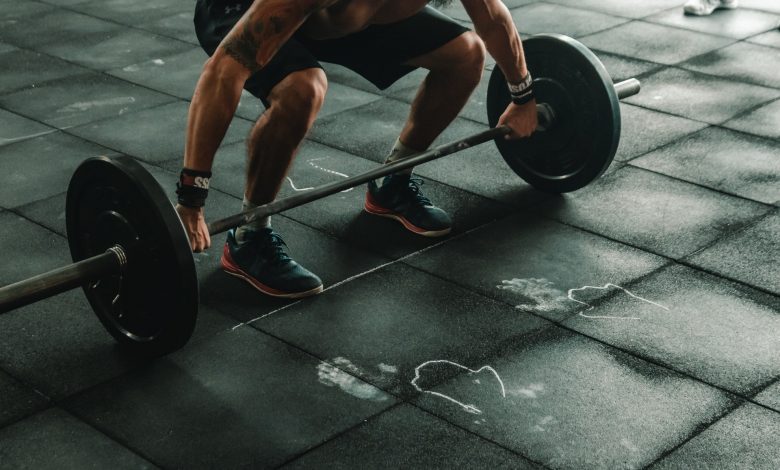Seniors and Strength Training: How to Prevent Falls

Slips and falls are the most common cause of injury among seniors.
Out of the one in three seniors that experience falls each year, up to 30% of them suffer from moderate to severe injuries.
And as a person gets older, their risk of falling greatly increases.
When it comes to senior health, prevention is key. Instead of waiting for a fall or injury to happen, seniors can best protect themselves by using strength training to improve their musculoskeletal health and balance.
Getting started isn’t difficult and workout routines can be tailored to their individual needs.
Keep reading to learn more about how strength training can help seniors prevent falls and serious injuries:
How Does Strength Training Prevent Falls?
Strong muscles are the foundation for fall prevention and strength training helps to build muscle mass, improve bone density, and improve balance.
In particular, strength training helps seniors to gain strength in their knees and hips which are important joints when it comes to fall prevention.
When their joints are strong, seniors possess a better sense of balance which will prevent falls from happening. If a fall does happen, increased muscle and joint strength will ensure that serious injuries are not sustained.
Strength training is a type of exercise that makes muscles work against a weight or force that helps to improve muscle strength and endurance.
This type of training does not have to be done in a gym. At home, seniors can use common objects such as water bottles and soup cans to perform these exercises!
The Benefits of Strength Training
Apart from preventing falls, strength training has many other wonderful benefits.
Physically, improving muscle mass can decrease body the risk of heart disease and type 2 diabetes. It also improves range of motion which can protect joints and decrease the risk of injury in day-to-day life.
Additionally, regular strength training can improve brain health and protect against age-related memory diseases such as Alzheimer’s.
When it comes to mental health, building strength can help seniors develop a sense of confidence, boost their mood, and decrease their anxiety.
Overall, strength training for seniors can promote a better quality of life and improve the management of pain.
Strength Training Routine for Seniors
Even if a senior is not regularly active, they can start small and build up their routine as they gain strength and flexibility.
Ideally, strength training should be done at least 2-3 days a week with two days of rest in between sessions to allow muscles time to recover.
However, the overall intensity of the workout depends on the weights used and how many repetitions are completed. Therefore, seniors can ease into a routine and increase the weight and repetitions as they build strength.
A routine that includes 1-2 sets of 8 sets using light weights is a great place to start. Once this routine becomes easy, the sets and reps can be increased – but only one at a time.
As far as the actual routine goes, here is what should be included:
- Warm-Up: Prior to any workout, it’s important to warm up muscles to prevent injury during the exercises. Seniors should stretch and repeatedly move the muscles they plan on working on during their routine.
- Cool-Down: After exercising, cooling down decreases the heart rate and promotes relaxation. Cool-down movements show be slow and deliberate.
- Exercises: Of course, a strength routine should include some exercise!
When it comes to the exercises, weights are not always required. Seniors can use their own bodyweight to perform strength training workouts by performing moves such as squats, heel raises, lateral hip abductions, and wall push-ups.
It’s always important to ensure that seniors have proper support during these exercises. Professionals such as physiotherapists can help teach seniors how to perform these moves.
Otherwise, seniors should always have physical supports, such as a chair, nearby to ensure that no injuries are sustained during the workout.
When it comes to using weights, exercises such as bicep curls are great for building strength in the arms. These can later be incorporated into moves such as squats and heel raises as their endurance improves.
Physiotherapy – A Hands-On Approach to Fall Prevention
Getting started with any exercise routine can be overwhelming, especially for seniors who are concerned with the limitations of their physical abilities as well as the risk of injury.
Skilled physiotherapists like those at https://www.greymethod.ca/physiotherapy-services/ are trained to provide personalized strength training programs and physical therapy to seniors. They take into consideration the unique needs of each of their patients in order to provide personalized care.
Visiting a physiotherapist who is an expert in movement and also has the knowledge to offer support and services to address issues such as chronic pain and the prevention of injury might be a choice for the better.
Get in touch with a professional if you have any concerns or questions!




